Home>Maintenance & Safety>Child & Elderly Safety at Home>When Can A Child Sit Without A Booster Seat
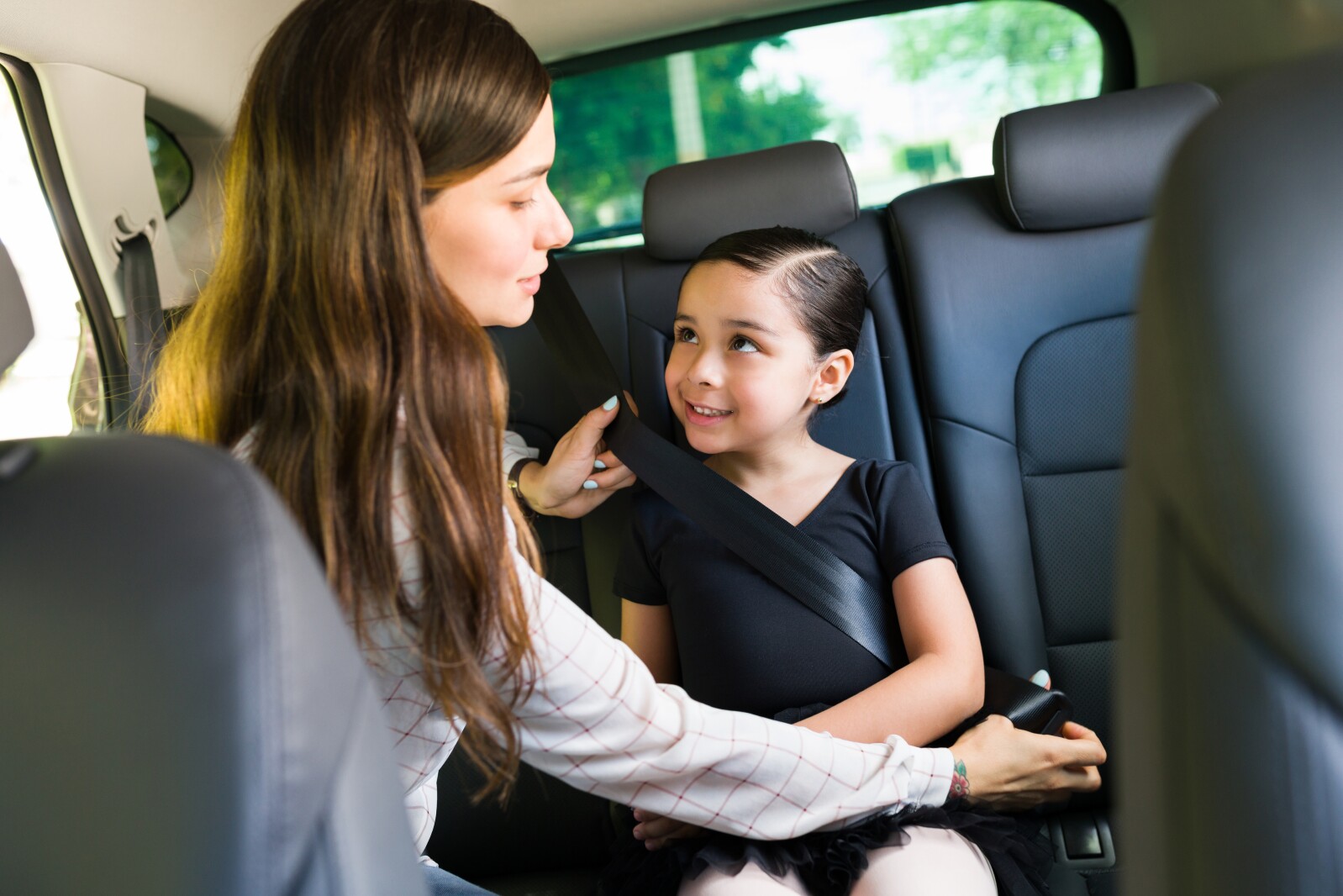

Child & Elderly Safety at Home
When Can A Child Sit Without A Booster Seat
Modified: February 29, 2024
Find out when it's safe for your child to sit without a booster seat and ensure their safety at home. Learn more about child and elderly safety at home.
(Many of the links in this article redirect to a specific reviewed product. Your purchase of these products through affiliate links helps to generate commission for Storables.com, at no extra cost. Learn more)
Introduction
The safety of children in vehicles is a top priority for parents and caregivers. One crucial aspect of ensuring their safety is the proper use of booster seats. These specially designed seats are essential for providing the necessary support and protection for children as they transition from car seats to using the vehicle's seat belt alone. Understanding when a child can sit without a booster seat is vital for promoting their safety and well-being during car rides.
Transitioning a child from a booster seat to using the vehicle's seat belt alone is a significant milestone. It signifies that the child has reached a level of physical and developmental readiness to safely utilize the seat belt without the additional support of a booster seat. This transition is not only a sign of growth and maturity but also a critical step in ensuring the child's safety during car travel.
As we delve into the factors that determine when a child can sit without a booster seat, it's important to consider age and height requirements, developmental readiness, legal regulations, safety considerations, and helpful tips for a smooth transition. By understanding these factors, parents and caregivers can make informed decisions regarding their child's safety in vehicles, ultimately promoting a secure and comfortable travel experience for the entire family.
Key Takeaways:
- Keep your child in a booster seat until they’re at least 8 years old and 4 feet 9 inches tall. It ensures they’re physically ready to use a seat belt safely and reduces the risk of injury in a car accident.
- Make sure your child understands seat belt safety and can sit properly in the car before transitioning them from a booster seat. It’s important for their physical, cognitive, and emotional readiness, and overall safety.
Age and Height Requirements
Determining when a child can sit without a booster seat involves considering age and height requirements. These factors play a crucial role in ensuring that the child is physically and developmentally ready to transition from using a booster seat to utilizing the vehicle's seat belt alone.
Age Considerations
The age at which a child can safely sit without a booster seat varies, but a general guideline is that children should remain in a booster seat until they are at least 8 years old. This recommendation aligns with the understanding that younger children may not yet have the physical maturity to safely use a seat belt without the additional support provided by a booster seat. However, it's important to note that age alone is not the sole determining factor. Height and weight also play significant roles in this decision.
Height and Weight Considerations
In addition to age, the height and weight of the child are crucial considerations when evaluating readiness to transition from a booster seat to using the vehicle's seat belt alone. Most safety experts recommend that children should continue using a booster seat until they reach a height of 4 feet 9 inches (about 150 cm) and can comfortably sit against the vehicle's seat with their knees bending at the edge of the seat. This positioning ensures that the seat belt fits properly across the child's body, with the shoulder belt lying across the chest and the lap belt sitting low and snug across the hips.
Importance of Meeting Requirements
Adhering to age and height requirements for transitioning from a booster seat is essential for the child's safety. Using a booster seat until the child meets the recommended age, height, and weight criteria helps ensure that the vehicle's seat belt provides optimal protection in the event of a collision or sudden braking. It's important to remember that these requirements are in place to reduce the risk of injury and provide the child with the necessary support and restraint while traveling in a vehicle.
Understanding the age and height requirements for transitioning from a booster seat empowers parents and caregivers to make informed decisions about their child's safety in vehicles. By considering these factors, they can help ensure that the child is adequately protected and supported during car rides, promoting a secure and comfortable travel experience for the entire family.
Developmental Readiness
Developmental readiness is a critical factor to consider when determining when a child can sit without a booster seat. It encompasses the physical, cognitive, and emotional milestones that indicate whether a child is prepared to transition from using a booster seat to utilizing the vehicle's seat belt alone.
Physical Development
Physical development plays a significant role in determining a child's readiness to sit without a booster seat. As children grow, their bodies undergo changes that affect their ability to safely use a seat belt. Key physical indicators of readiness include the child's ability to sit comfortably against the vehicle's seat with their back against the seatback and their knees bending at the edge of the seat. This positioning ensures that the seat belt fits properly, with the shoulder belt lying across the chest and the lap belt sitting low and snug across the hips. Additionally, the child's ability to maintain this position for the duration of the car ride is essential for their safety.
Cognitive and Emotional Maturity
Cognitive and emotional maturity also contribute to a child's developmental readiness to sit without a booster seat. Children need to understand the importance of wearing a seat belt and following safety guidelines while in the vehicle. They should be able to comprehend the potential risks associated with not using a seat belt properly and demonstrate the ability to follow instructions regarding seat belt usage. Furthermore, emotional maturity plays a role in ensuring that the child remains calm and cooperative while seated in the vehicle, as this behavior is essential for their safety and the overall well-being of everyone in the car.
Readiness Assessment
Assessing a child's developmental readiness involves observing their behavior and physical capabilities during car rides. Parents and caregivers can evaluate whether the child maintains the correct seating position, demonstrates an understanding of seat belt safety, and exhibits the emotional maturity necessary for sitting without a booster seat. Additionally, engaging in open conversations with the child about the importance of vehicle safety and observing their receptiveness to these discussions can provide valuable insights into their readiness to transition from a booster seat.
Importance of Developmental Readiness
Recognizing and respecting a child's developmental readiness is crucial for their safety and well-being during car travel. Rushing the transition from a booster seat to using the vehicle's seat belt alone before the child is physically, cognitively, and emotionally ready can compromise their safety. By ensuring that the child meets the necessary developmental milestones, parents and caregivers can promote a secure and comfortable travel experience for the entire family.
Understanding the developmental readiness of a child is essential for making informed decisions about when they can sit without a booster seat. By considering the physical, cognitive, and emotional aspects of readiness, parents and caregivers can prioritize the child's safety and contribute to a positive and secure car travel environment.
Legal Requirements
Understanding the legal requirements pertaining to child safety in vehicles is paramount for parents and caregivers. These regulations are established to ensure the safety and well-being of children during car travel, providing guidelines for the appropriate use of booster seats and seat belts. By familiarizing themselves with the legal requirements, individuals can make informed decisions regarding when a child can sit without a booster seat.
State-Specific Laws
It's important to note that legal requirements regarding booster seat usage may vary from state to state. Many states have specific laws outlining the age, height, and weight criteria for transitioning from a booster seat to using the vehicle's seat belt alone. Some states mandate the use of booster seats for children up to a certain age, while others specify height and weight thresholds for transitioning out of a booster seat. Familiarizing oneself with the laws in their state of residence is crucial for ensuring compliance with legal requirements.
Enforcement and Penalties
In addition to understanding the specific laws related to booster seat usage, it's essential to be aware of enforcement measures and potential penalties for non-compliance. Law enforcement agencies are tasked with upholding child safety regulations, and individuals found in violation of booster seat laws may face penalties, including fines and citations. By understanding the potential consequences of disregarding legal requirements, parents and caregivers are motivated to prioritize their child's safety and adhere to the established guidelines.
Safety Standards and Recommendations
Legal requirements often align with safety standards and recommendations set forth by organizations such as the National Highway Traffic Safety Administration (NHTSA) and the American Academy of Pediatrics (AAP). These standards are based on extensive research and are designed to mitigate the risk of injury to children in the event of a car accident. By adhering to legal requirements that align with established safety standards, parents and caregivers can help ensure that their child receives optimal protection while traveling in a vehicle.
Educational Resources
Many states provide educational resources and materials to help parents and caregivers understand the legal requirements and best practices for child safety in vehicles. These resources may include informational brochures, online guides, and instructional videos that clarify the specific laws and offer guidance on proper booster seat usage. Accessing these educational materials empowers individuals to stay informed about legal requirements and take proactive steps to prioritize their child's safety during car travel.
By familiarizing themselves with state-specific laws, enforcement measures, safety standards, and educational resources, parents and caregivers can navigate the legal landscape surrounding booster seat usage. This knowledge enables them to make informed decisions about when a child can sit without a booster seat, ultimately contributing to a safe and secure travel environment for their children.
Safety Considerations
Ensuring the safety of children during car travel involves a comprehensive understanding of the essential considerations that contribute to a secure and protected environment. When evaluating when a child can sit without a booster seat, several safety considerations come into play, each playing a crucial role in safeguarding the child's well-being.
Proper Seat Belt Fit
One of the primary safety considerations when transitioning a child from a booster seat is ensuring that the vehicle's seat belt fits them properly. The seat belt should lie snugly across the child's chest, with the shoulder belt positioned away from the neck and the lap belt resting low and snug across the hips. A proper seat belt fit is essential for providing effective restraint and protection in the event of a collision or sudden braking.
Risk of Submarining
Submarining, a phenomenon where the body slides forward under the seat belt during a crash, can pose a significant risk if the seat belt does not fit the child correctly. Without the support of a booster seat, younger children may be more susceptible to submarining, which can lead to abdominal injuries. Ensuring that the seat belt fits properly across the child's body helps mitigate the risk of submarining and enhances their overall safety.
Impact of Airbags
Another critical safety consideration is the impact of airbags on child passengers. When a child transitions from a booster seat to using the vehicle's seat belt alone, it's important to ensure that they are seated in the back seat, especially if the vehicle is equipped with front passenger airbags. Airbags, designed to protect adult occupants, can pose a risk to young children, and placing them in the back seat helps minimize this potential hazard.
Behavioral Factors
Behavioral considerations also play a role in ensuring the safety of a child sitting without a booster seat. Children should understand the importance of remaining seated and wearing their seat belt properly throughout the car ride. Their ability to follow safety instructions and exhibit cooperative behavior contributes to a secure travel environment for everyone in the vehicle.
Continuous Monitoring
Even after a child transitions from a booster seat, continuous monitoring of their safety in the vehicle is essential. Parents and caregivers should regularly assess the child's seating position, seat belt fit, and overall behavior during car rides. This ongoing vigilance helps address any safety concerns and ensures that the child remains protected while traveling in a vehicle.
By considering these safety factors, parents and caregivers can prioritize the well-being of their child and create a safe and secure environment for car travel. Understanding and addressing these considerations contribute to a positive and protected experience for the entire family.
Tips for Transitioning from a Booster Seat
Transitioning a child from a booster seat to using the vehicle's seat belt alone is a significant milestone that requires careful consideration and preparation. To facilitate a smooth and successful transition, parents and caregivers can implement the following tips:
-
Gradual Transition: Gradually introduce the concept of using the vehicle's seat belt without the booster seat. Start with short, familiar trips to allow the child to become accustomed to the new seating arrangement.
-
Educate and Demonstrate: Explain the importance of using a seat belt properly and demonstrate the correct way to wear it. Emphasize the significance of sitting upright with the back against the seatback and the seat belt positioned snugly across the chest and hips.
-
Positive Reinforcement: Encourage and praise the child for following seat belt safety guidelines. Positive reinforcement can motivate the child to exhibit responsible behavior and take ownership of their safety in the vehicle.
-
Role Modeling: Set a positive example by consistently wearing a seat belt and adhering to safety practices while driving. Children often emulate the behavior of adults, and observing responsible seat belt usage can reinforce its importance.
-
Comfort and Support: Ensure that the vehicle's seat provides adequate comfort and support for the child. Adjust the seat and headrest to accommodate their height and ensure a secure and comfortable seating position.
-
Engage in Open Communication: Engage in open conversations about the transition from a booster seat, addressing any questions or concerns the child may have. Clear communication fosters understanding and cooperation during the adjustment period.
-
Practice Safe Behavior: Encourage the child to remain seated and avoid unnecessary movement while the vehicle is in motion. Reinforce the importance of staying seated and wearing the seat belt at all times.
-
Regular Safety Checks: Conduct regular safety checks to ensure that the seat belt fits the child properly and that they maintain the correct seating position throughout the car ride. Address any fit or comfort issues promptly.
-
Seek Professional Guidance: If uncertain about the timing of the transition or the child's readiness, seek advice from a certified child passenger safety technician. These professionals can provide personalized recommendations based on the child's specific needs and circumstances.
By implementing these tips, parents and caregivers can facilitate a successful transition for the child from a booster seat to using the vehicle's seat belt alone. This approach prioritizes the child's safety and comfort while promoting responsible and secure car travel.
Frequently Asked Questions about When Can A Child Sit Without A Booster Seat
Was this page helpful?
At Storables.com, we guarantee accurate and reliable information. Our content, validated by Expert Board Contributors, is crafted following stringent Editorial Policies. We're committed to providing you with well-researched, expert-backed insights for all your informational needs.
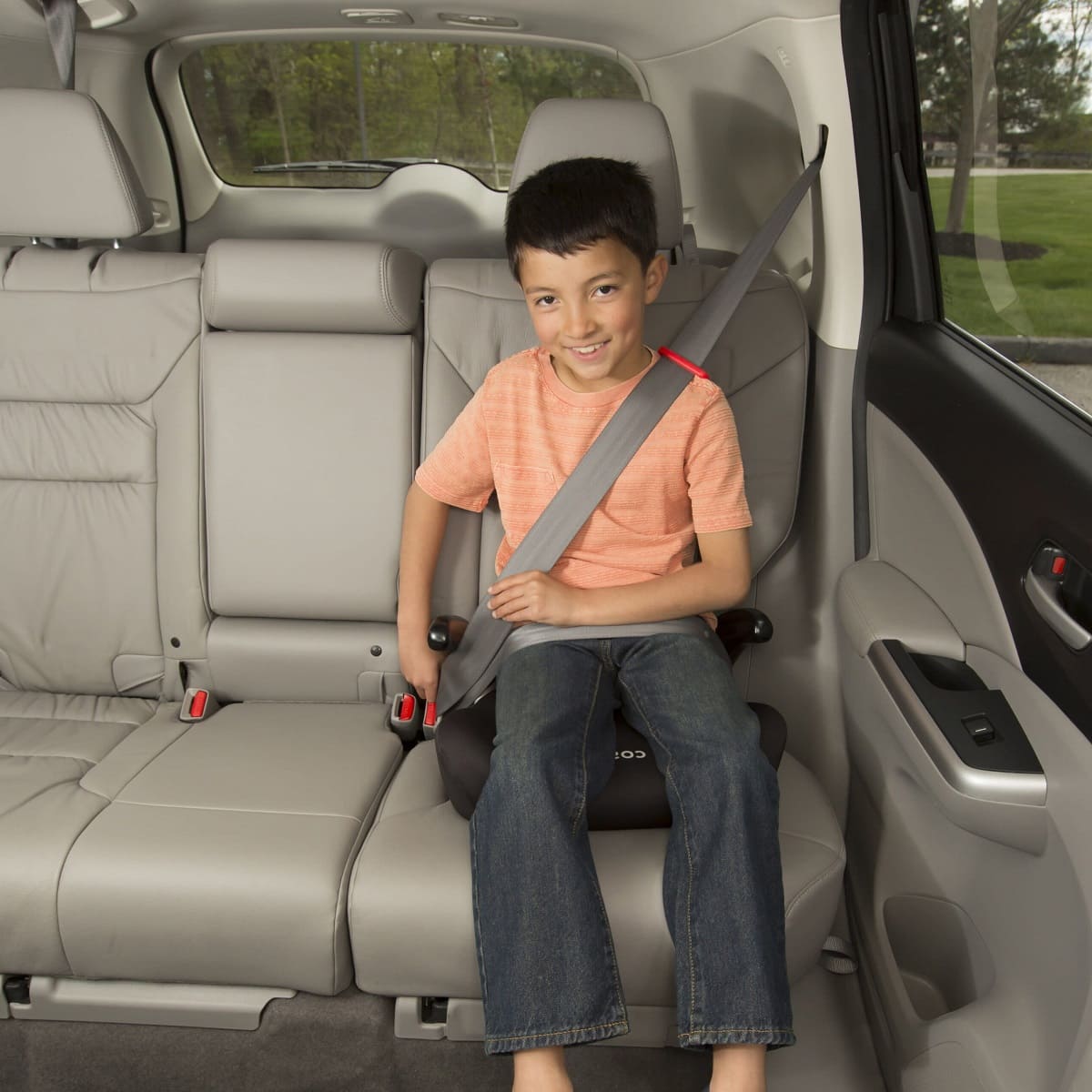
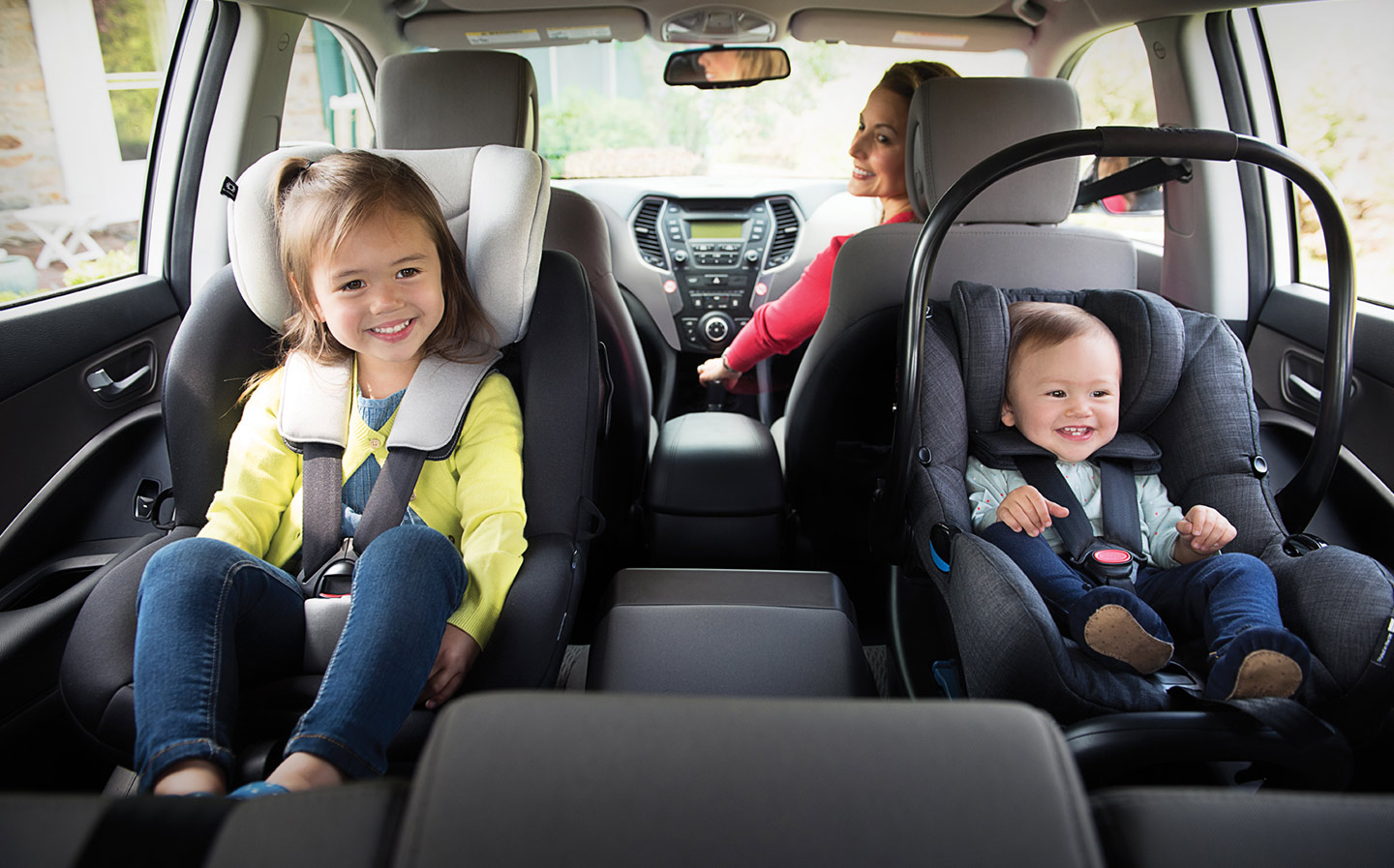
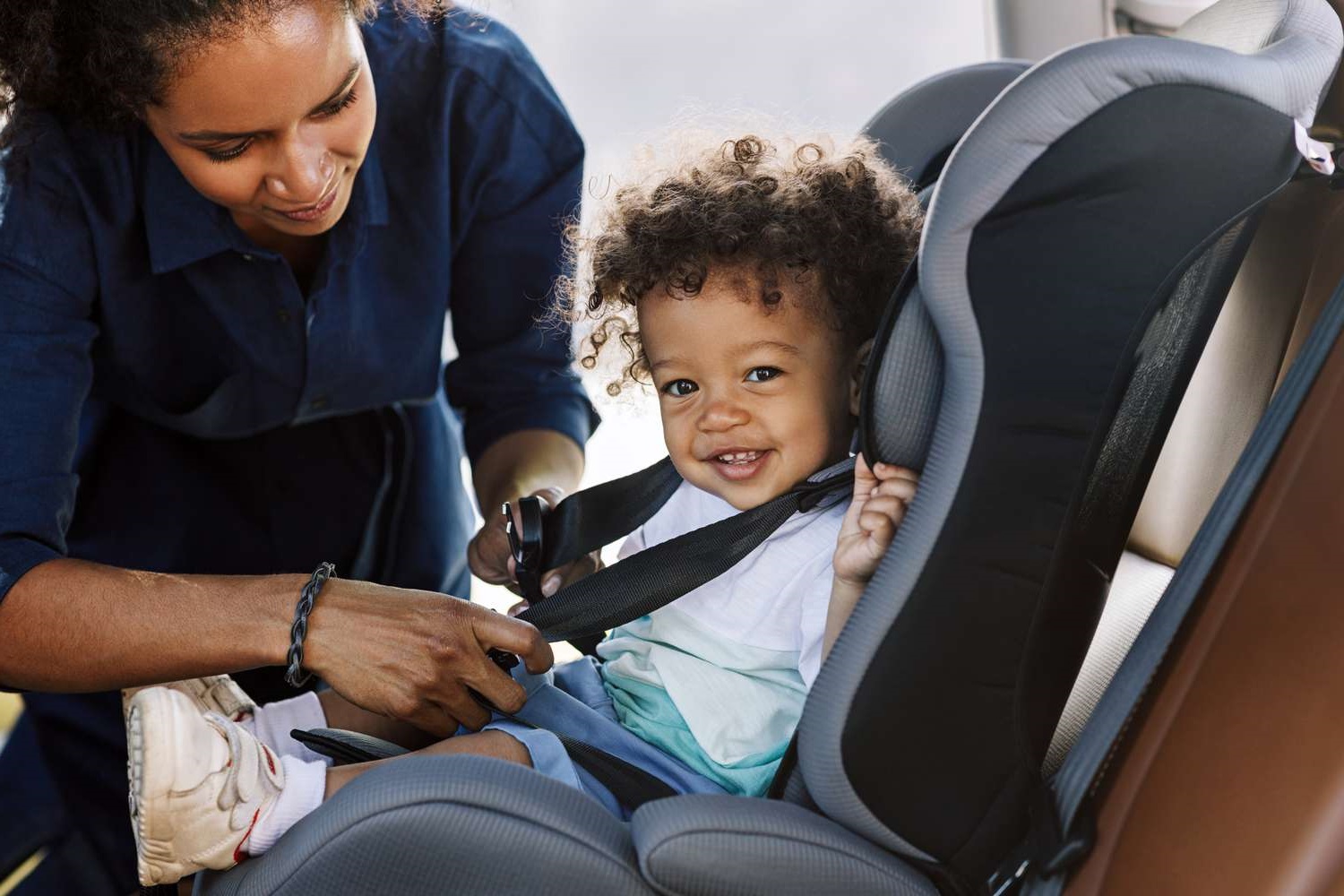
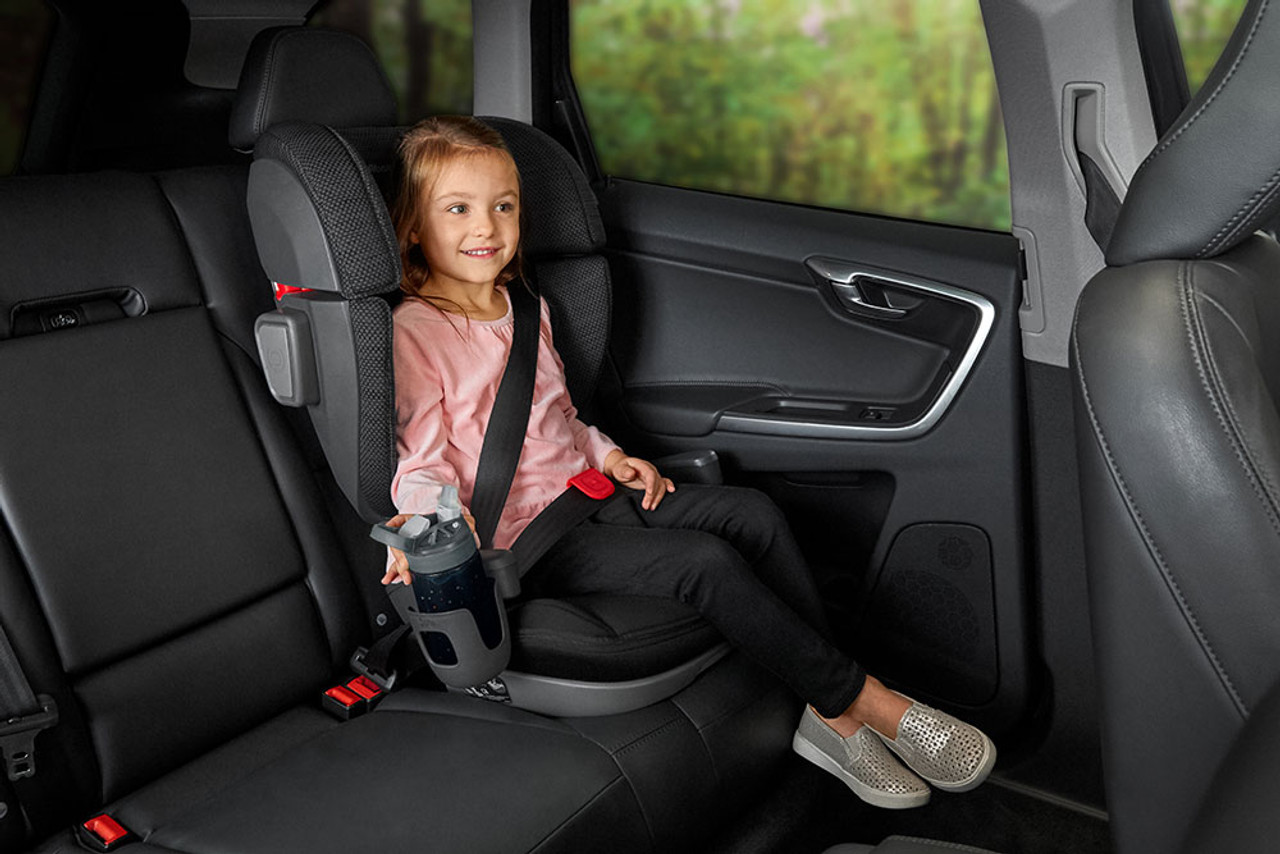



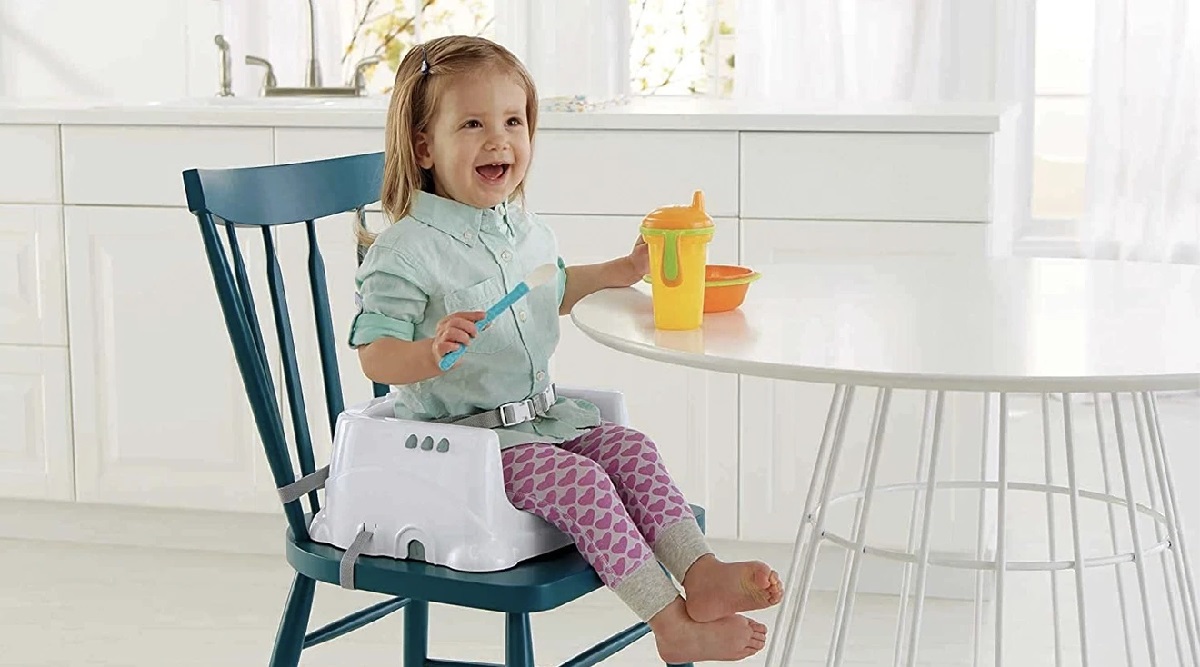

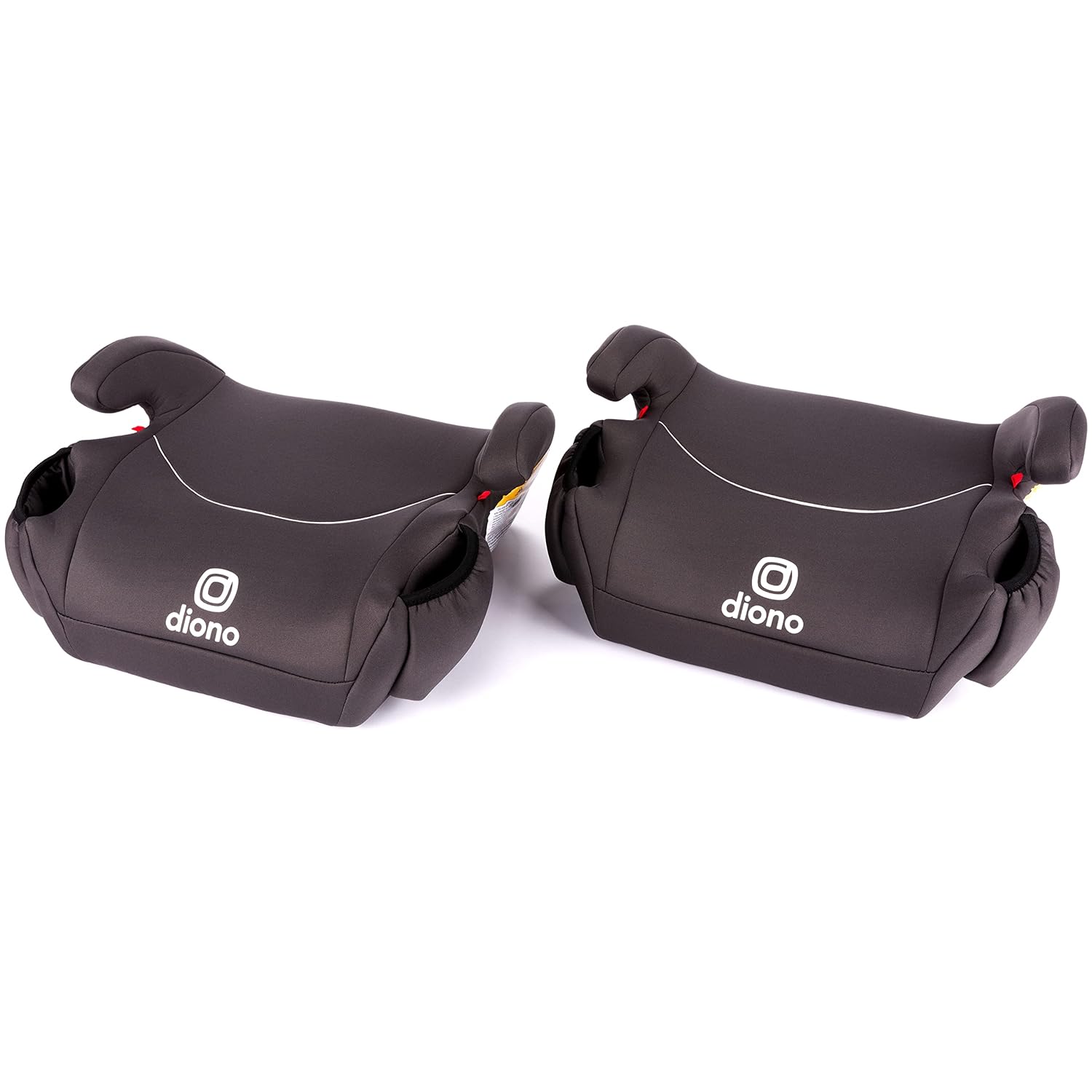
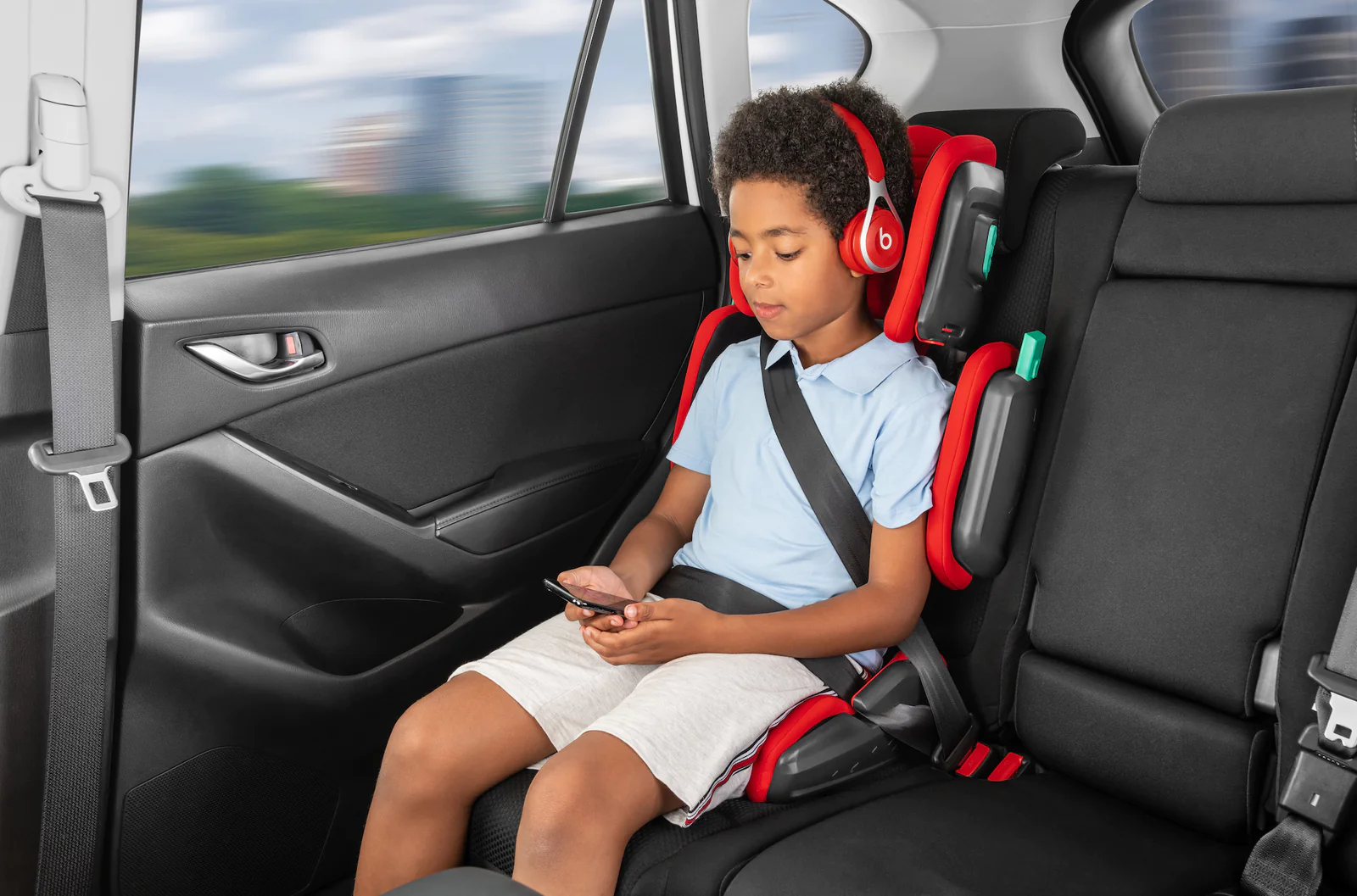

0 thoughts on “When Can A Child Sit Without A Booster Seat”